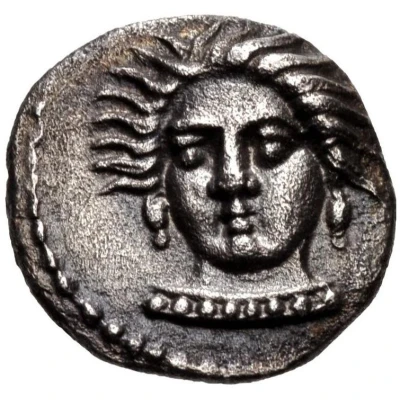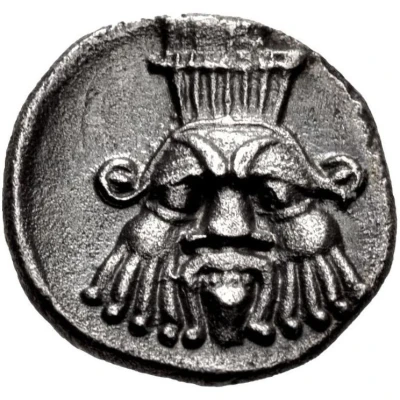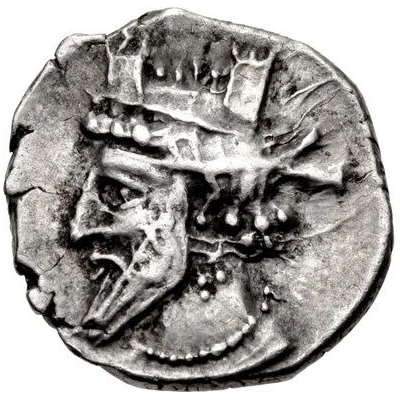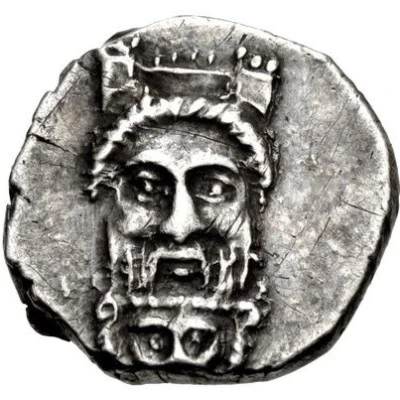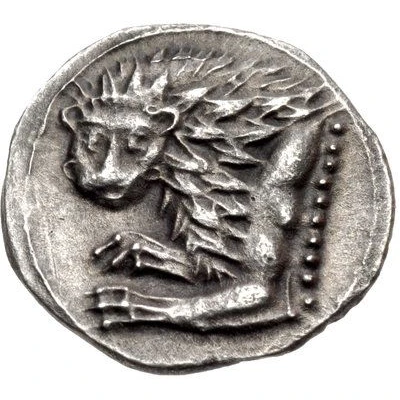
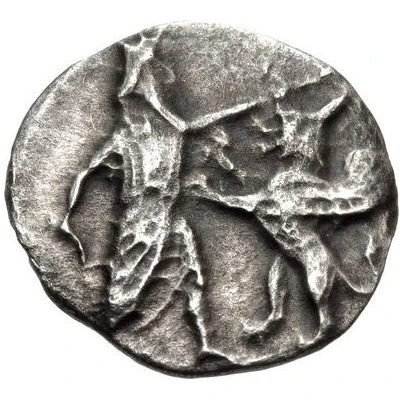

© Classical Numismatic Group, Inc.
Obol 400 BC - 301 BC
| Silver | 0.53 g | 10.5 mm |
| Issuer | Uncertain Cilician city |
|---|---|
| Type | Standard circulation coin |
| Years | 400 BC - 301 BC |
| Value | Obol (⅙) |
| Currency | Drachm |
| Composition | Silver |
| Weight | 0.53 g |
| Diameter | 10.5 mm |
| Shape | Round (irregular) |
| Technique | Hammered, Incuse |
| Orientation | Variable alignment ↺ |
| Demonetized | Yes |
| Updated | 2024-10-09 |
| Numista | N#413817 |
|---|---|
| Rarity index | 100% |
Reverse
Persian king or hero, wearing kidaris and kandys, bow in case on back, standing right, fighting griffin standing left on hind legs; all within shallow incuse square.
Comment
SNG France –; Göktürk 39; Mildenberg, Kleingeld 37; Troxell & Kagan –; Winzer –; Sunrise –.
Interesting fact
The Obol coin from Uncertain Cilician city, which was minted between 400 BC and 301 BC, is interesting because it features a unique blend of ancient Greek and Persian influences in its design. The coin's obverse side bears a rendition of the Greek goddess Athena, while the reverse side features a stylized representation of a Persian king, possibly Darius II. This fusion of cultural motifs reflects the complex political and cultural dynamics of the ancient Near East during this time period.
